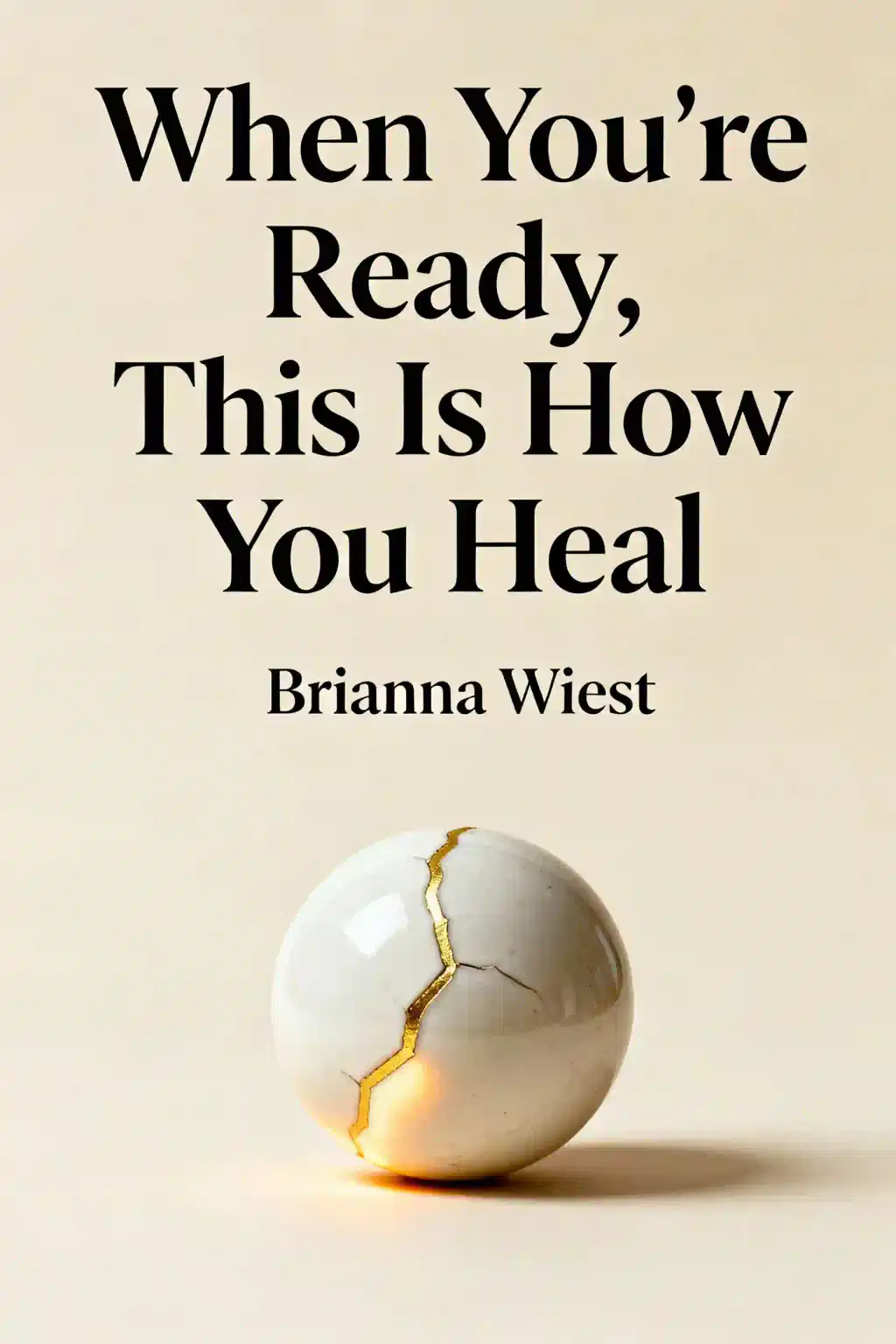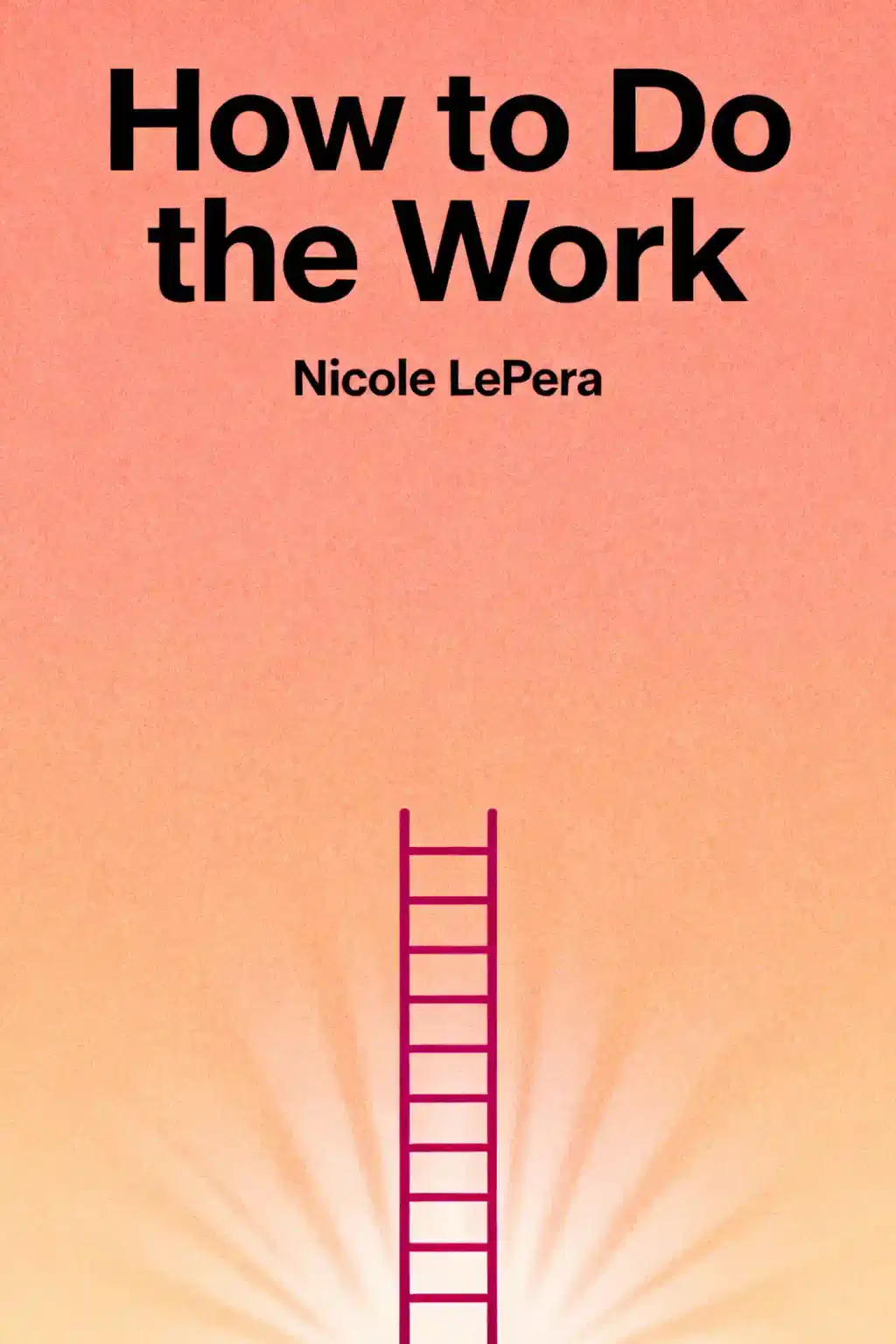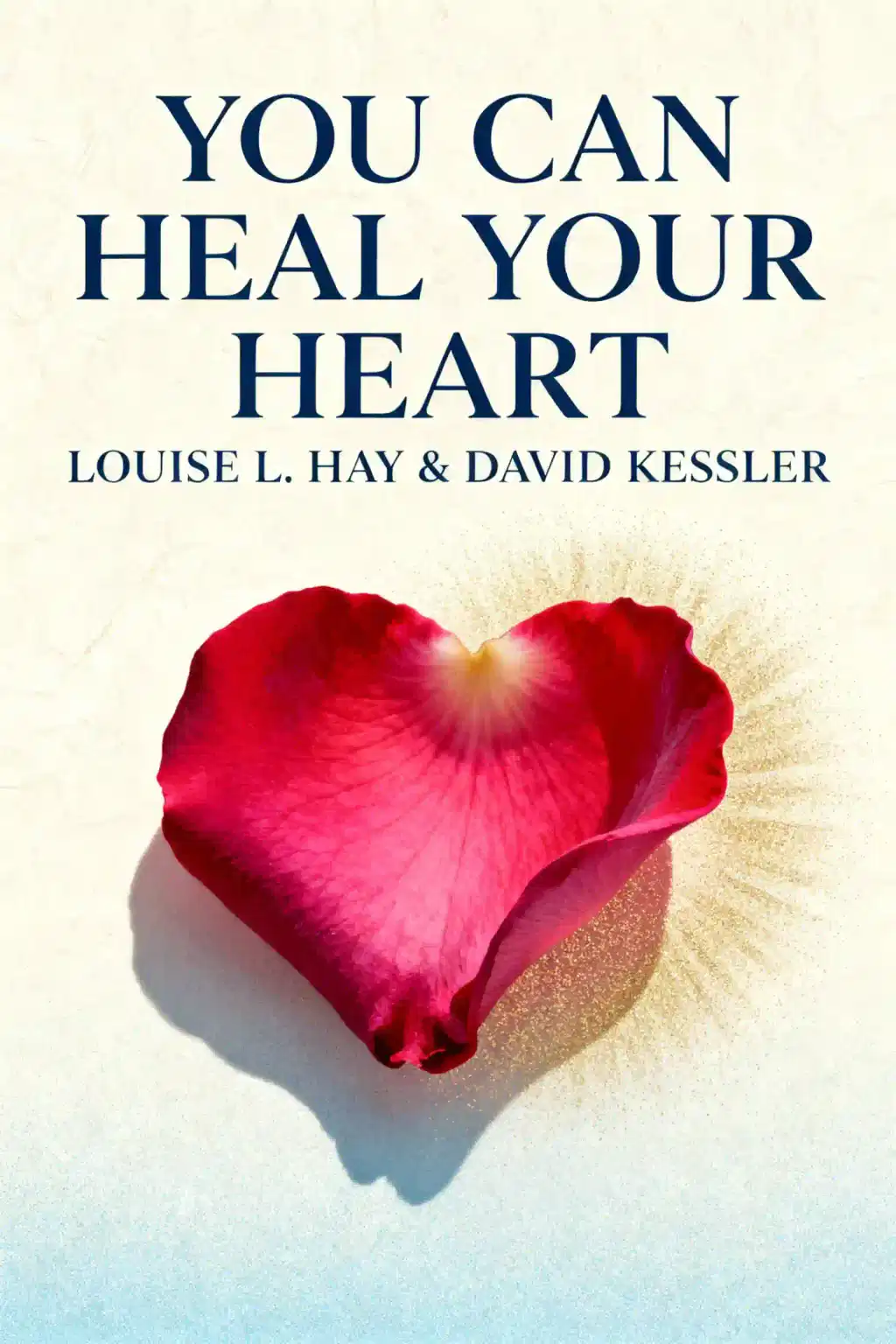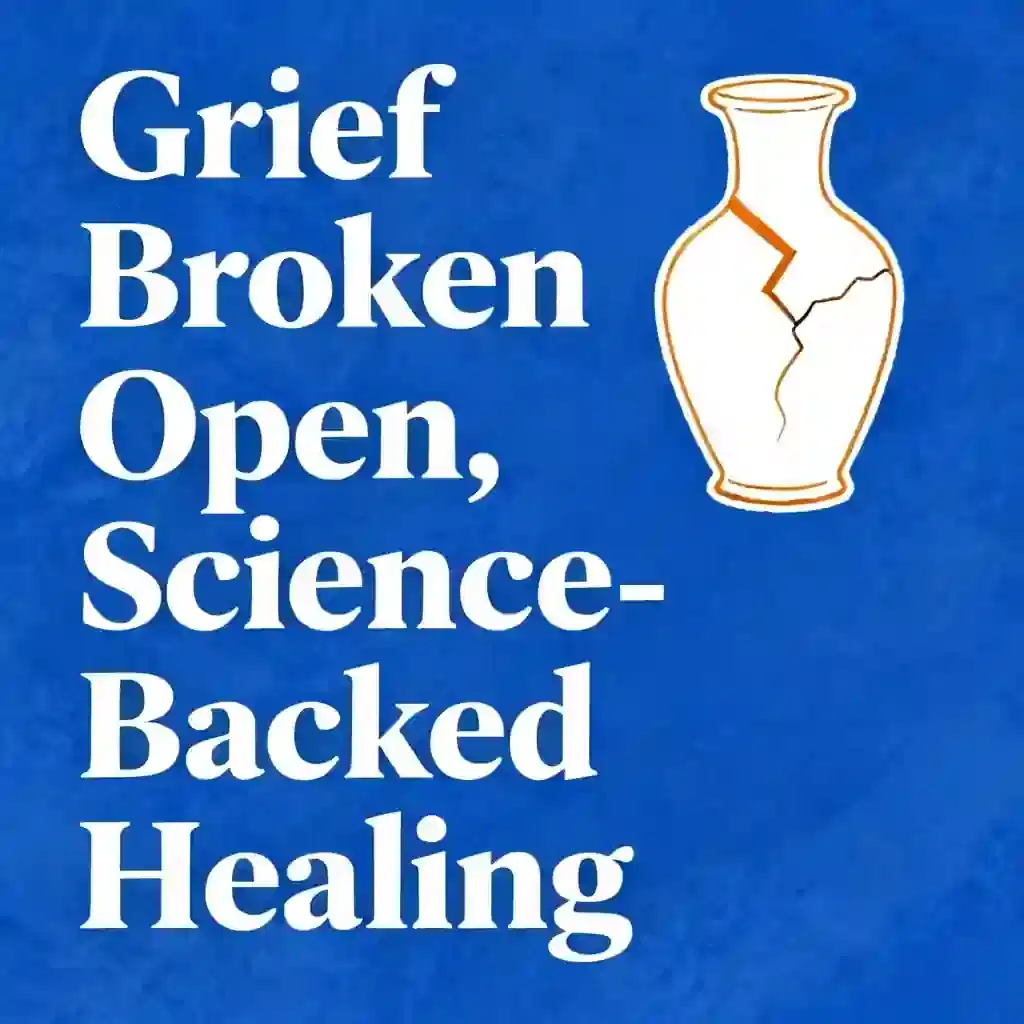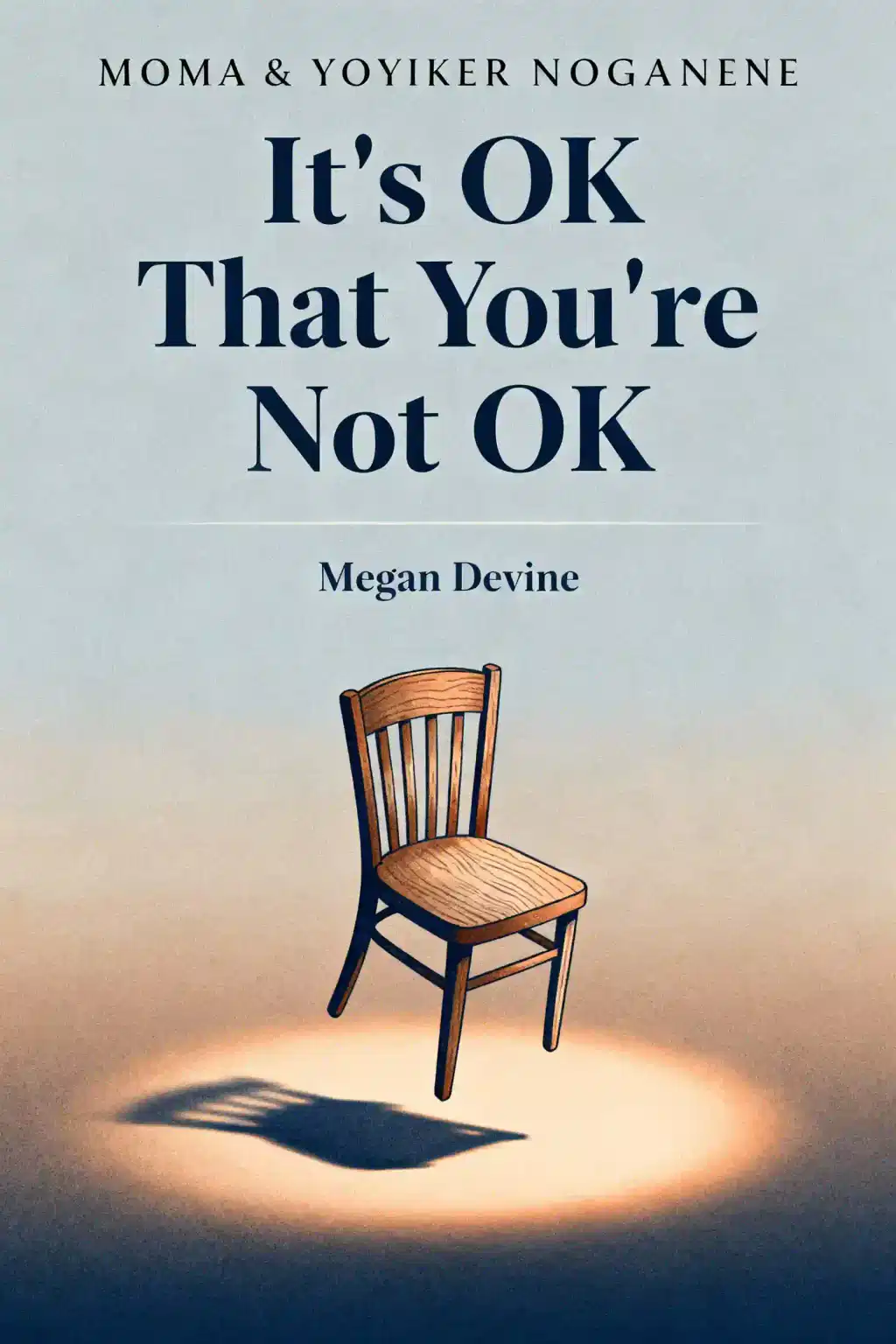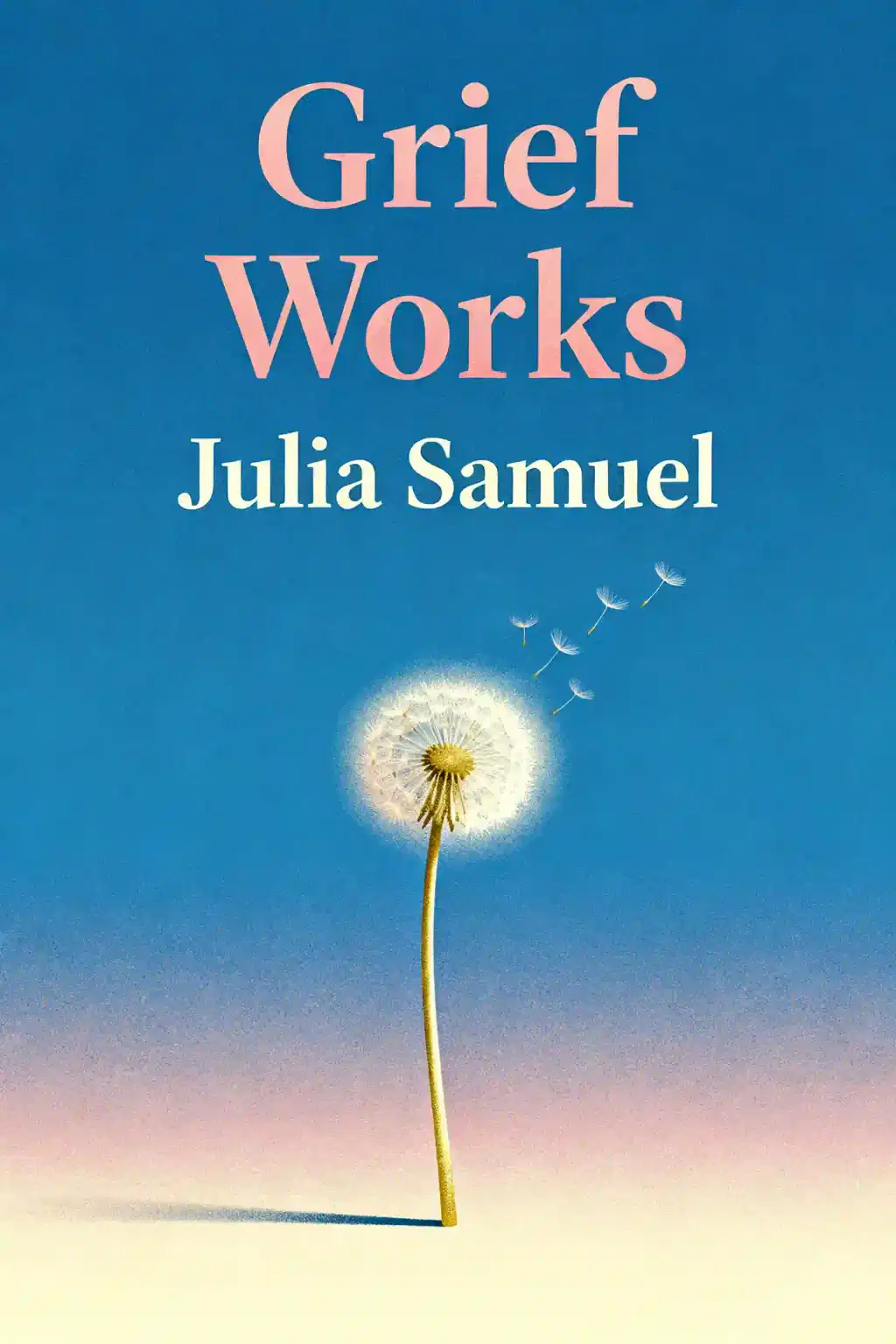What is
When You’re Ready, This Is How You Heal about?
When You’re Ready, This Is How You Heal by Brianna Wiest explores healing as a nonlinear, lifelong journey of self-discovery and transformation. Through 45+ reflective essays, it redefines healing as a process of awakening from unconscious patterns, embracing loss as a catalyst for growth, and rebuilding one’s identity with intentionality. Key themes include reframing pain, cultivating self-awareness, and aligning with one’s true purpose.
Who should read
When You’re Ready, This Is How You Heal?
This book is ideal for individuals navigating life transitions, such as breakups, career shifts, or existential uncertainty. It resonates with readers seeking actionable tools for emotional wellness, self-reflection, and reclaiming agency over their narrative. Those drawn to introspective, philosophy-adjacent self-help will find Wiest’s blend of psychology and metaphor particularly impactful.
Is
When You’re Ready, This Is How You Heal worth reading?
Yes—readers praise its transformative reframing of healing as an ongoing practice rather than a destination. Reviews highlight its “life-affirming pep talks,” practical exercises, and relatable insights on overcoming emotional barriers. However, some note its abstract style may require slower, more deliberate engagement compared to step-by-step guides.
What are the main concepts in
When You’re Ready, This Is How You Heal?
- Healing as awakening: Loss disrupts outdated self-narratives, creating space for conscious rebirth.
- Self-reconstruction: Replacing conditioned personas with authentic identity through mindful choice.
- Purpose through pain: Viewing adversity as a catalyst to unlock dormant potential.
- Nonlinear progress: Embracing setbacks as integral to growth, not failures.
How does Brianna Wiest define healing in the book?
Wiest describes healing as a process of “changing how you write your entire life story,” not just resolving past trauma. It involves shedding societal expectations, confronting subconscious patterns, and rebuilding from a place of self-honesty. Healing requires active participation in self-discovery rather than passive recovery.
What quotes from
When You’re Ready, This Is How You Heal are most impactful?
- On purpose: “What you build post-loss will be so profound, you’ll realize the loss was part of the plan”.
- On transformation: “Healing is waking from the trance of who you thought you had to be”.
- On courage: “You heal by choosing what hurts now to avoid suffering forever”.
How does this book differ from Wiest’s
101 Essays That Will Change The Way You Think?
While both offer philosophical self-help, When You’re Ready focuses specifically on post-trauma transformation through structured frameworks. It provides more concrete exercises for identity reconstruction compared to 101 Essays’ broader thematic exploration. Fans appreciate its deeper dive into emotional resilience.
Can
When You’re Ready, This Is How You Heal help with relationship breakdowns?
Yes—essays address releasing attachment to “forced” connections, reframing rejection as redirection, and nurturing self-worth independent of others’ validation. Readers credit it with fostering healthier post-breakup mindsets and boundaries.
What criticisms exist about
When You’re Ready, This Is How You Heal?
Some reviewers find certain essays repetitive or overly abstract for readers preferring direct advice. The reflective style demands personal interpretation, which may frustrate those seeking clear action plans. However, most agree its strengths outweigh these limitations.
How does the book approach self-sabotage?
Wiest frames self-sabotage as protection mechanisms from outdated survival strategies. Chapters guide readers in identifying these patterns, compassionately dismantling them, and replacing fear-based choices with aligned action.
Does
When You’re Ready, This Is How You Heal address career uncertainty?
Yes—it reframes professional pivots as opportunities for reinvention. Essays discuss releasing “shoulds,” aligning work with core values, and viewing unemployment or dissatisfaction as catalysts for purposeful change.
What meditation or journaling practices does the book recommend?
Key exercises include:
- Narrative rewriting: Editing personal stories from a growth lens.
- Emotional mapping: Identifying physical sensations tied to unresolved pain.
- Future self-visualization: Journaling from the perspective of one’s healed identity.
How does Wiest’s perspective on healing compare to mainstream self-help?
Unlike quick-fix approaches, Wiest rejects “toxic positivity,” emphasizing that true healing involves confronting discomfort to achieve lasting change. This aligns with trauma-informed therapy principles, distinguishing it from superficial “think positive” methodologies.
